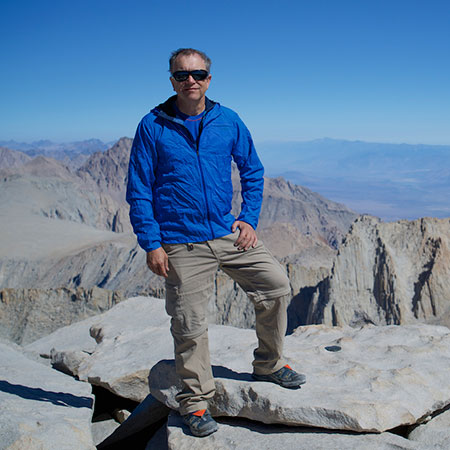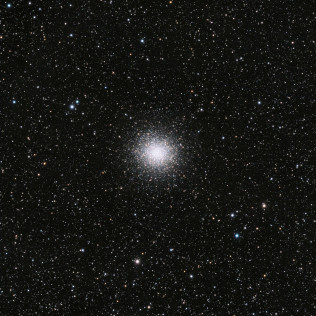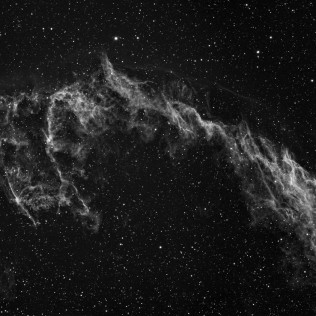Las Campanas Remote Observatory
The most enduring questions of science, indeed humanity, are directed at understanding our beginnings. Astronomy is a journey of exploration and discovery in search of answers to these questions. The Las Campanas Remote Observatory supports efforts by amateur and professional astronomers and educators to share this journey with students and the public.
Astrophotography
The first photograph of an astronomical object (the Moon) was taken in 1840. Ever since photography has been a critical tool in professional astronomical research as well as an important discipline in amateur astronomy. Long exposure photography combined with modern digital imaging devices and high performance telescopes and mounts allow amateur astronomers to share a part of our universe with the public thru incredibly detailed and aesthetically pleasing images.
Science
The superb location and capabilities of LCRO provide significant opportunities for cutting-edge scientific research and collaborations between professional and amateur astronomers. For example, the ability to quickly respond to new super-novae, gamma ray bursts, cataclysmic variables, near earth objects (NEO’s) and other transient phenomenon makes this an especially attractive option for follow up observations.
Education and Public Outreach (EPO)
Astronomy has a unique ability to attract the interests of the general public. Students in particular are fascinated to understand and learn about different astronomy topics. With LCRO teachers have the opportunity to bring the scientific method into the classroom by making real observations of the universe and comparing them with the predictions of theory.
Latest Images
-

Carnegie Institute of Science,
The Observatories
An incredible site, roll-off shed and tremendous support -

Astro Physics
Superb optics and precision equatorial mount -
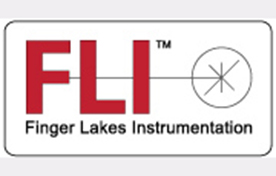
Finger Lakes Instruments (FLI)
A great camera, filter wheel and focuser -
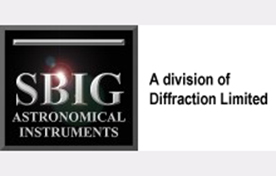
Santa Barbara Instrument Group (SBIG)
Excellent guide camera -

Astrodon
Wonderful filters and Off Axis Guider
For More Details See the Descriptions here.
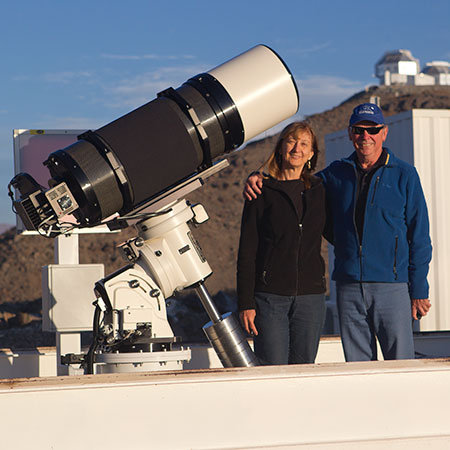
Roland and Marj Christen
In 1984, Marjorie and Roland married and soon after left secure employment to strike out full-time on their own. Roland, the creative design and production force, continued to expand and improve the product line, while Marj managed the business side of Astro-Physics. Both are amazed at the technological leaps in optical, mechanical, electronic equipment and software design that have occurred since those early days. The observatory and excellent seeing conditions at Las Campanas have provided an ideal test environment for the most critical work as we move into the future.
Astro-Physics is honored for the opportunity to house its 12-inch F/8 Maksutov-Cassegrain and 1600 GTO at LCO for the benefit of science. It also allows us to do remote imaging research.
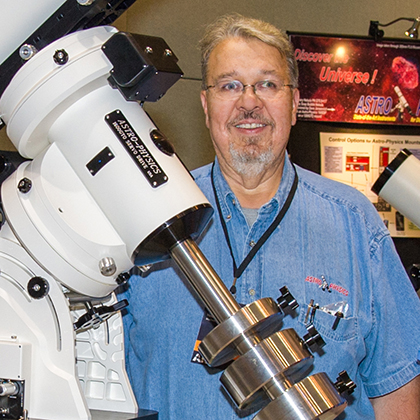
Howard Hedlund
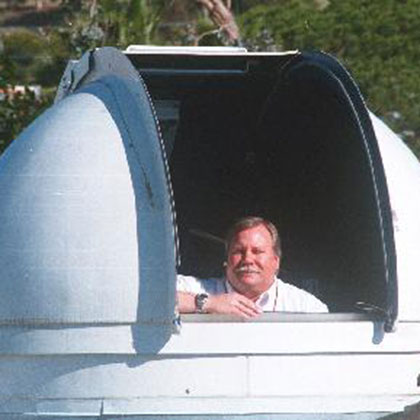
John Hoot
His commercial astronomical instrument designs include the Meade Autostar, Lightswitch and StarLocked telescopes. He is the designer and builder of the Hoot-Vega Radio Telescope in Benson Arizona, and the lead systems integrator for LCRO and MWOBOT remote observatories. He has been an active and avid astronomer for over 50 years. Currently he observers from SSC Observatories automated observatories. His research interests include astro-imaging, photometry, astrometry, spectroscopy, radio astronomy, automated data collection and analysis.
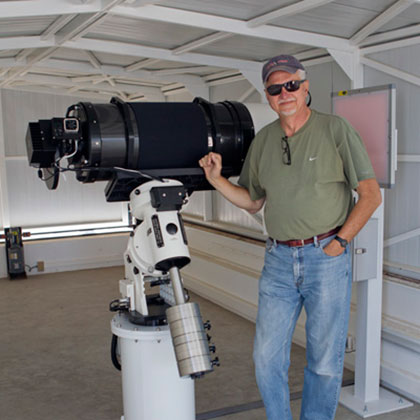
Dave Jurasevich
His lifelong passion for the cosmos began at age nine when he first glimpsed the ringed planet Saturn through a large amateur telescope. Dave’s interest in astronomy continued to mature through the years with acquisition of progressively more sophisticated astronomical gear, eventually leading to a commitment in astrophotography. Exploring and recording the wonders of the Universe with the aid of digital technology has been an endeavor Dave has avidly embraced since 2003, with his work widely published in both digital (Starimager.com) and print format. In 2007 he reached the apex of his amateur career by discovery of a hitherto unknown planetary nebula in the constellation Cygnus. PN G75.5+1.7, unofficially dubbed the Soap Bubble Nebula, was formally recognized by the International Astronomical Union on 16 July 2009 by Electronic Telegram No. 1876, and is listed in the CDS SIMBAD database of astronomical objects as PN G75.5+1.7 and also Ju1 for the discoverer.
Upon retirement from the chemical industry Dave pursued other opportunities in astronomy, including six years of service as Superintendent and then Deputy Director of Operations of the historic Mount Wilson Observatory in California as well as a founding stakeholder of the Las Campanas Remote Observatory at the Las Campanas Observatory in Chile.
